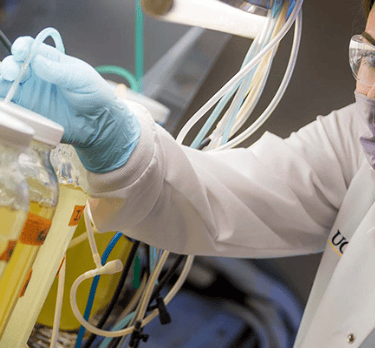NOAA Operations Threat: How Workforce Cuts Could Jeopardize Climate Science and Safety
The undermining of the NOAA operations through employee cuts will have a negative influence on the future, making it more difficult to find novel solutions before it is too late.
Annette Kim
5/14/20252 min read


The NOAA (National Oceanic and Atmospheric Administration) workforce has been reduced by 10% based on the Trump administration’s mass layoffs of probationary employees. At least 880 employees have been laid off due to the agency being singled out for cuts by some of President Trump’s allies. Project 2025 exemplifies that the agency should be disassembled. The NOAA has recently been instructed to prepare for the loss of another 1,000 workers, where managers within the agency are required to submit proposals for reducing the staff by at least 1,000 people. Moreover, this staff shortage has substantially impacted the overall NOAA operations, including the prediction of natural disasters(tornadoes and hurricanes), monitoring environmental shifts brought by humans, and supervising endangered species. These concerns have been brought up by organizations such as the American Geophysical Union, the American Meteorological Society, and other private businesses and non-governmental organizations that rely on NOAA’s services. The American Geophysical Union criticizes the large scale of the layoffs, expressing that subverting NOAA’s operations jeopardizes public safety and threatens the stability of multiple industries. They have also emphasized the importance of NOAA’s work as global warming escalates.
Climate research has major implications for individuals’ lives, where the research conducted could facilitate changes that will lessen the severity of climate change. Reducing emissions is the key way that the NOAA can limit warming; therefore, novel technology and infrastructure are necessary. Hence, as does the involvement of numerous employees who will work specifically for this cause. Climate change has an effect on water resources as precipitation falls are evolving due to warming temperatures. Water sources such as Snowpack are becoming less reliable because there is less snow that begins to melt each year. Higher temperatures also add stress to farmers and ranchers who are in charge of the food supply. Finally, climate change substantially impacts human health. Global warming has changed climate patterns, including droughts, hurricanes, the expansion of pests to different locations, etc. These effects demonstrate the importance of climate research, which is a source that allows humans to fight against climate change and support the health of planet Earth. The undermining of the NOAA operations through the employee cuts will have a negative influence on the future, making it more difficult to find novel solutions before it is too late.
Sources:
https://www.noaa.gov/education/resource-collections/climate/climate-change-impacts
